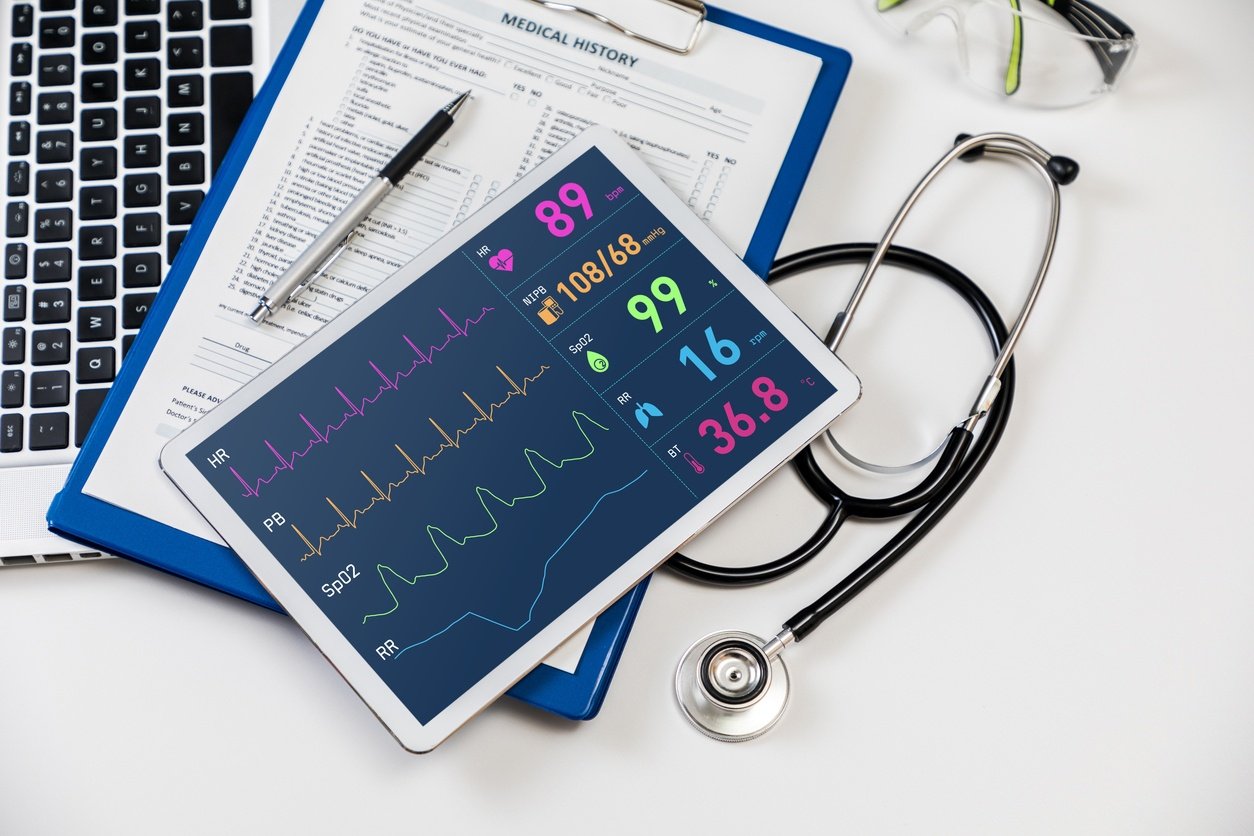Revolutionizing Clinical Trials through Real-Time Data Capture and Analytics

In the digital age, legacy clinical trial data platforms aren’t enough. Here’s what real-time data can bring to the table.
Though the industry has made some progress in recent years, the costs of bringing medicine to market are still incredibly high. Developing and ultimately securing approval for a new drug can often cost between $3.7 and $12 billion. Clinical trials are particularly costly and time consuming, making up the longest and most expensive phase of drug development.
The struggle to complete clinical trials is exacerbated by a patchwork of outdated clinical data systems that, frankly, don’t talk to each other. Without seamless integration between modern data platforms, trials incur errors and delays in data, extra costs, non-compliance, inefficiencies, and delayed decision-making.
Fortunately, new digital technologies offer the chance in improve the functionality of and communication between data platforms through real time data capture and analytics, reducing costs, minimizing time spent, and improving data quality. Here’s what these innovations promise and how we can implement them.
Improving Productivity in Real Time
Real-time data capture and analytics can improve trials in a number of ways. They can act as a compliance aid, identifying issues with protocol compliance, informed consent, and drug accountability, as well as reducing costs from the results of internal and external audits. But these technologies can also improve trial workflow, enabling more accurate status reports, timely payments to investigational sites and CROs, and improved budget tracking.
But trials can make the largest strides by embracing remote patient monitoring, which can further reduce costs by enhancing patient engagement, compliance, retention, and even recruitment. In 2012, the typical Phase III protocol involved 170 procedures per patient across 11 visits. If trials can reduce the necessary number of visits through remote monitoring and richer, continuous data sets in real time, they can save massive amounts of time and money for themselves and their patients.
Obstacles to Implementation
Before trials can implement real-time data capture and analytics on a broad scale, though, the industry need to address some of the most common challenges. DIfferent legal frameworks around the world necessitate a common set of guidelines on remote patient monitoring approval. High upfront costs and integration hurdles also pose a challenge – after all, trials want to be sure that their investment is financially sustainable and will work with other technology. Part of this is creating behavioral change, making technology centricity a natural part of the clinical trial process.
However, we believe that these obstacles can be overcome through greater focus on technology implementation, as well as increased communication between clinical trial stakeholders. The FDA is clearing the path for the approval and regulation of these kinds of remote monitoring technologies, but the industry needs to create the infrastructure to support these innovations.
All this being said, real time data capture and analysis can and will become a best practice in clinical trials. It’s only a matter of time.

 Back to Blog Home
Back to Blog Home